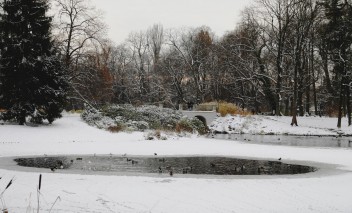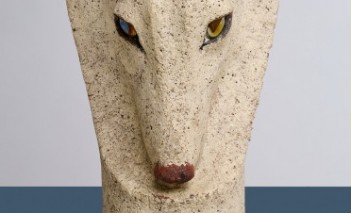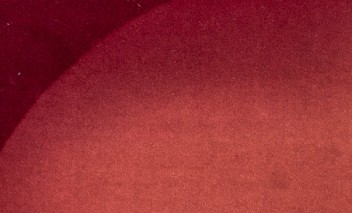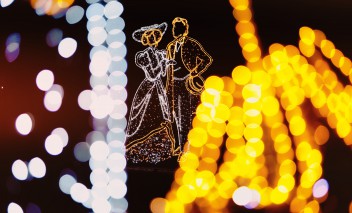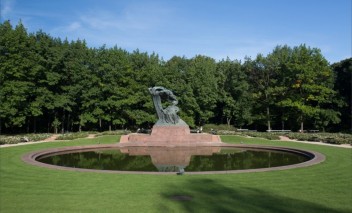Exhibition of one painting. See the masterpiece ‘Ariadne Abandoned by Theseus’
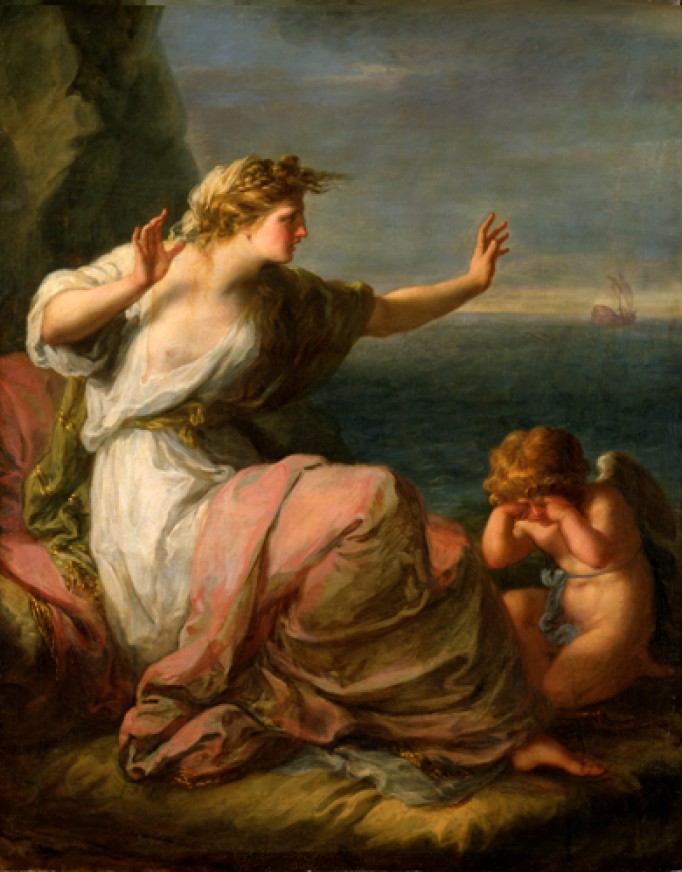
From 1 May to 30 July 2017, in the Palace on the Isle, visitors are invited to contemplate ‘Ariadne Abandoned by Theseus’, a masterpiece by Angelica Kauffmann, one of the most prominent painters of the 18th century. The painting comes from the Old Masters Picture Gallery in Dresden, home to one of the largest collections of European painting art in the world.
‘Ariadne Abandoned by Theseus’ is presented at the exhibition of one painting as a result of cooperation between the Royal Łazienki Museum and the Embassy of the Federal Republic of Germany and Dresden State Art Collections (Staatliche Kunstsammlungen Dresden).
The 18th century work of art will be displayed in the Picture Gallery in the Palace on the Isle next to another painting by Angelica Kauffmann – ‘Portrait of Princess Giuliana Pubblicola Santacroce’, which King Stanisław August received as a gift. The pair of paintings is an excellent testimony to the role of women in art – both the artist and the painted figures.
Ariadne Abandoned
The painting ‘Ariadne Abandoned by Theseus’ from the State Art Collections in Dresden is normally displayed in the Old Masters Picture Gallery (Gemäldegalerie Alte Meister), and depicts the mythological Ariadne. Daughter of the King of Crete, she fell in love with Theseus and helped him escape from the Minotaur’s Labyrinth using a ball of wool. Although Theseus promised to marry Ariadne, he abandoned her in order to return to Athens.
In her painting, Angelica Kauffmann has depicted the moment Ariadne wakes up and, in anguish, realizes her lover had betrayed her. The daughter of the King of Crete is seated on a rocky shore and gazes upon the open sea, where the ship of Theseus is disappearing in the distance. The woman is wearing a white chemise covered with a gilded green cape, and her legs are beneath red cloth. Her hair is braided and tied with a piece of white fabric, although some of her hair strands are fluttering in the wind. The bare breast and solemnly raised hands magnify her deep sorrow. Even Cupid is helpless; he has laid down his bow by his feet and is rubbing his watering eyes.
The Swiss artist depicted the dramatic event using strong brush strokes and broken colours. The flowing hair and impulsively extended arms are means of expression by applying which – like in her other paintings – she depicted a great emotional outburst. Forms evoking Ancient art included in the painting comprise Ariadne’s profile, which resembles a Roman Camena (the figure is reduced to gestures and her facial expression).
Angelica Kauffmann presented the most hopeless moment of the mythological tale – she depicted the woman’s despair, which nothing and nobody can relieve. The loving but abandoned Ariadne is presented as a person torn by strong emotions; she stands as an accusatory symbol of inhumanity. Many paintings in which the Swiss artist explores the theme of a woman’s sorrow and abandonment, e.g. the depictions of Penelope, Calypso or the ‘Insane Maria’ (in the work inspired by Laurence Stern’s ‘Sentimental Journey’), can be seen as encouragement to face one’s own pain.
The portrait of the abandoned Ariadne was painted in England, where Angelica Kauffmann lived between 1766 and 1781 and enjoyed international recognition.
Recurring Theme
Numerous paintings by the Swiss artist refer to the myth of Ariadne. The source of her fascination with this theme might have been the wall paintings in the Italian Herculaneum near Naples – discovered in the late 18th century and published in the work ‘Le pitture antiche d’Ercolano’. Angelika Kauffmann had books documenting relics from Herculaneum in her library. The second volume of ‘Le pitture antiche d’Ercolano’ included a print depicting a half-naked Ariadne with a raised hand, watching the fleeing Theseus raising the sails on his ship. On another print, Ariadne has been depicted in similar fashion, although she is accompanied by a crying putto and a woman pointing at the ship, which is sailing away with Theseus on board.
The first work devoted to Ariadne was painted by the artist in 1764 in Rome and is entitled ‘Bacchus and Ariadne’. The work, which is now shown in the Austrian Bregenz, does not emphasize the sadness of the abandoned woman, but the early signs of hope which can be seen in the gaze of the pair of the future lovers, Bacchus and Ariadne. In 1774, the painter finished the second depiction of the theme of abandoned Ariadne, which she displayed at an exhibition in the Royal Academy of Arts in London (today the painting is part of the Houston Museum of Fine Arts collections). The painting depicts a lone Ariadne bemoaning the vanishing Theseus. In 1794, Kauffmann took on the theme one more time; the painting – displayed today in a British residence Attingham Park – combines the mourning figure known from the 1774 painting with Bacchus and Cupid promising future love.
The exhibition of the ‘Ariadne Abandoned by Theseus’ painting is held under the honorary patronage of the Embassy of the Federal Republic of Germany.

